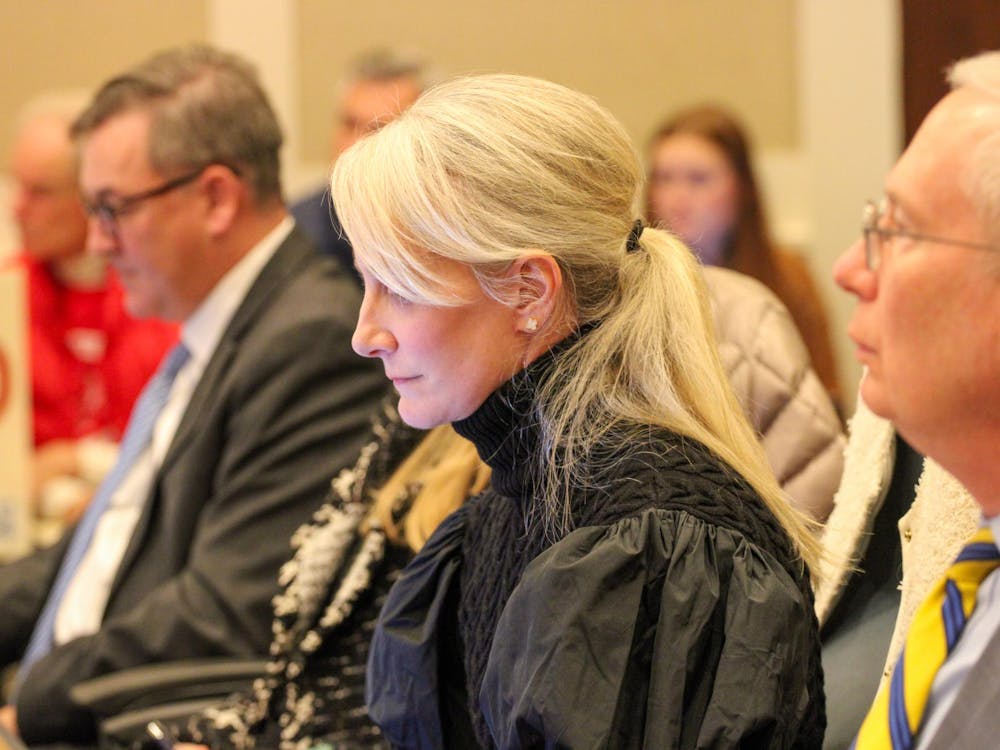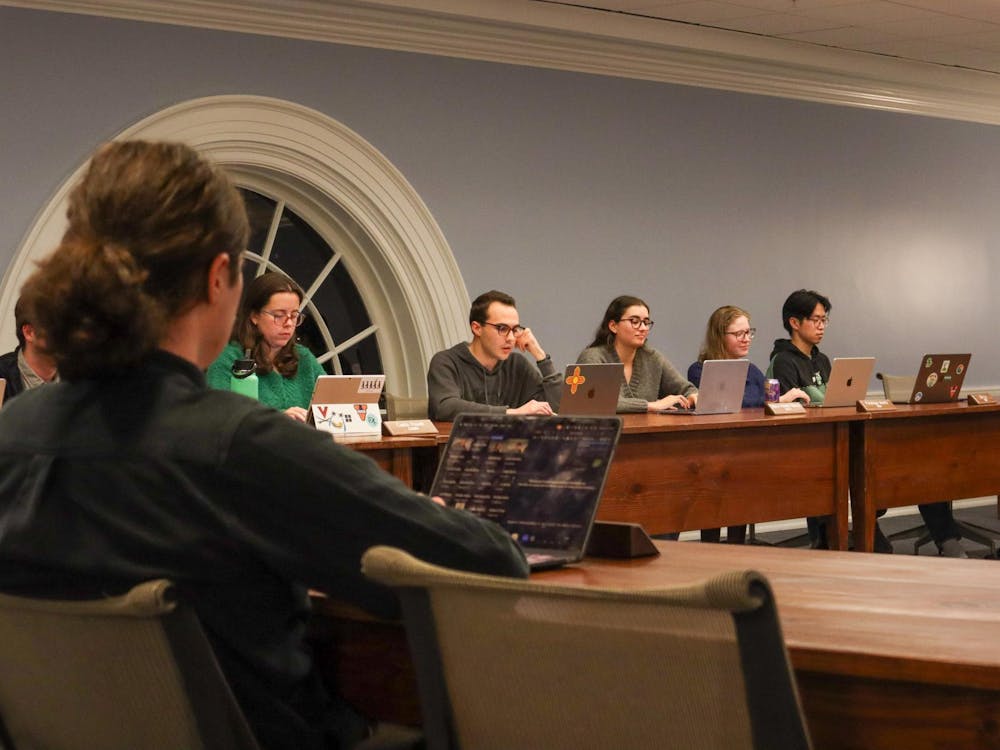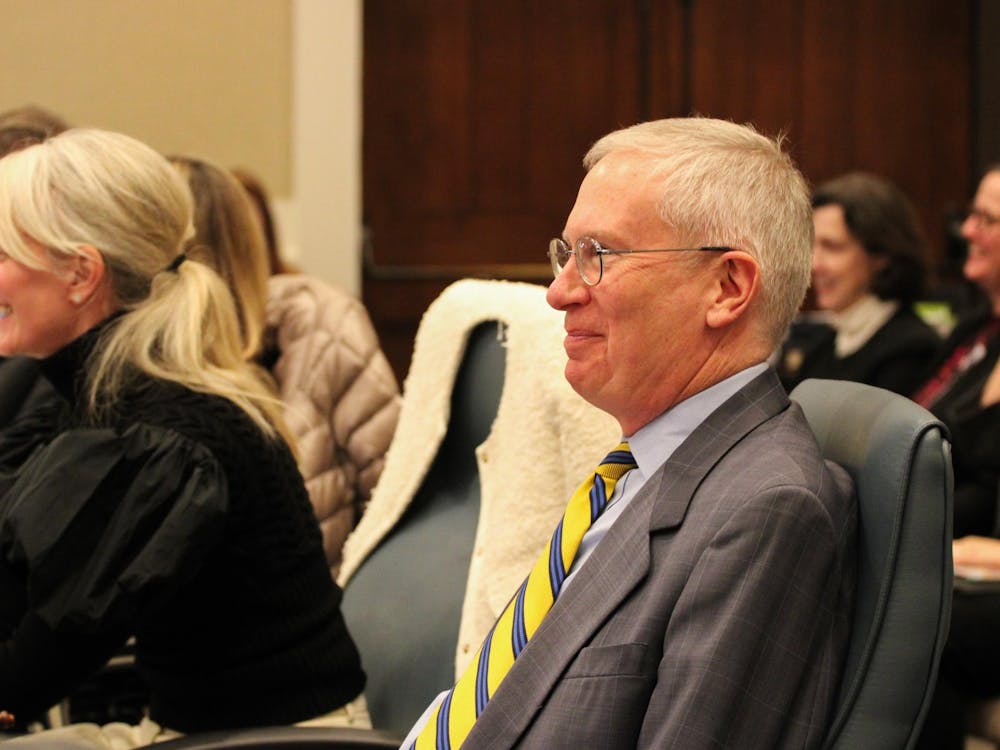Students tracked during the admissions process for their potential to donate to the University are nearly as academically qualified as normal first-year students, according to statistics released by the University Monday.
Last week the University acknowledged that Gordon C. Burris, special assistant to President John T. Casteen III, compiles a list of prospective students whose parents possibly could donate large amounts of money to the University.
Burris meets with Dean of Admissions John A. Blackburn yearly to review the status of the applicants on his list. Blackburn has said most admissions decisions are finalized by the time he meets with Burris, but said a few instances arise where he changes admissions decisions if an applicant's parents may give a significant donation to the University and the student is competitive in other admissions criteria.
Though some members of the University community have raised concerns as to whether these tracked applicants are equally qualified, admissions statistics from the Office of Institutional Planning and Studies indicate only small differences.
First-year students who accepted admission offers for fall 1999 had an average combined SAT score of 1308, compared to 1289 for those on the President's Office's tracking list.
The mean high school grade-point-average of students on the list in 1999 who accepted admissions offers was 3.70, while the overall average GPA of matriculating students was 3.78.
But George Stovall, director of the Office of Institutional Planning and Studies, said average high school GPAs were dependent on the accepted students and their schools. For example, only 60 percent of all students who accepted admissions offers in 1999 submitted their final high school GPAs.
Blackburn said the University receives more applications from out-of-state students than in-state students. Subsequently, out-of-state students who are accepted have slightly higher SAT scores. Students on the president's list have slightly lower average SAT scores because more in-state students are accepted from the list than from the overall applicant pool, he said.
"The president's list academically is a cross-section of our whole student body," he added. "You can't identify [people on the list] as a particular type of student."
Other statistics show that the rate of students who accepted admissions offers - or yield rate - is significantly higher for students on the tracking lists. Of the 412 students on the list in 1999, 193 were offered admission and 162 students - or 83.9 percent - accepted the offer. The overall first-year yield rate was only 52.4 percent.
University spokeswoman Louise Dudley said the disparity can be attributed to the close ties students on the tracking lists have with the University.
Stovall said the Office of Institutional Planning and Studies compiled specific admissions statistics in response to a request by The Virginian Pilot under the Freedom of Information Act.






